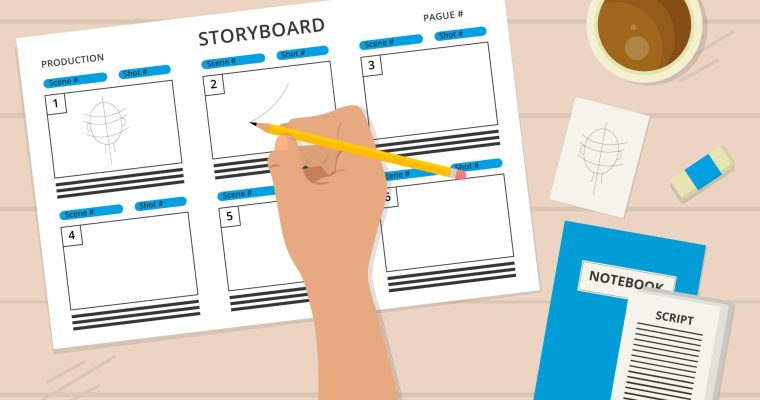In the age of digital learning, eLearning has become increasingly popular as a means of education. While eLearning offers numerous benefits such as convenience, accessibility, and cost-effectiveness, it can sometimes lack engagement and fail to hold the learner’s attention. This is where storyboarding comes into play.
Understanding the Importance of Storyboarding in eLearning
Storyboarding is the process of creating a visual representation of a story through illustrations or images. It is commonly used in the entertainment industry, particularly in animation and filmmaking. However, it is also an effective tool for creating engaging eLearning experiences.
A recent YouTube video titled “Creating Engaging eLearning Experiences with Storyboarding” discusses the benefits of using storyboarding in eLearning and provides some practical tips for its implementation.
The video highlights the importance of having a clear understanding of the learning objectives and the target audience before beginning the storyboarding process. This helps in creating content that is relevant and resonates with the learners.
Creating a Strong Narrative to Capture Learners’ Attention
The video also stresses the need for a strong narrative that captures the learners’ attention and helps them to connect with the content. A well-constructed story can make the learning experience more engaging and memorable.
Incorporating Multimedia Elements to Add Variety
Another key takeaway from the video is the importance of incorporating multimedia elements such as images, audio, and video into the storyboard. This not only adds variety to the learning experience but also helps in retaining the learners’ attention.
The video also touches on the importance of designing the storyboard with the end user in mind. This means taking into account factors such as accessibility, readability, and usability when creating the storyboard.
Finally, the video emphasizes the need for collaboration between the instructional designer, the subject matter expert, and the visual designer to ensure that the storyboard is both effective and visually appealing.
In conclusion, the use of storyboarding in eLearning can greatly enhance the learning experience by creating engaging and memorable content. By following the tips provided in the YouTube video, instructional designers can create storyboards that resonate with the learners and help them to achieve their learning objectives.







